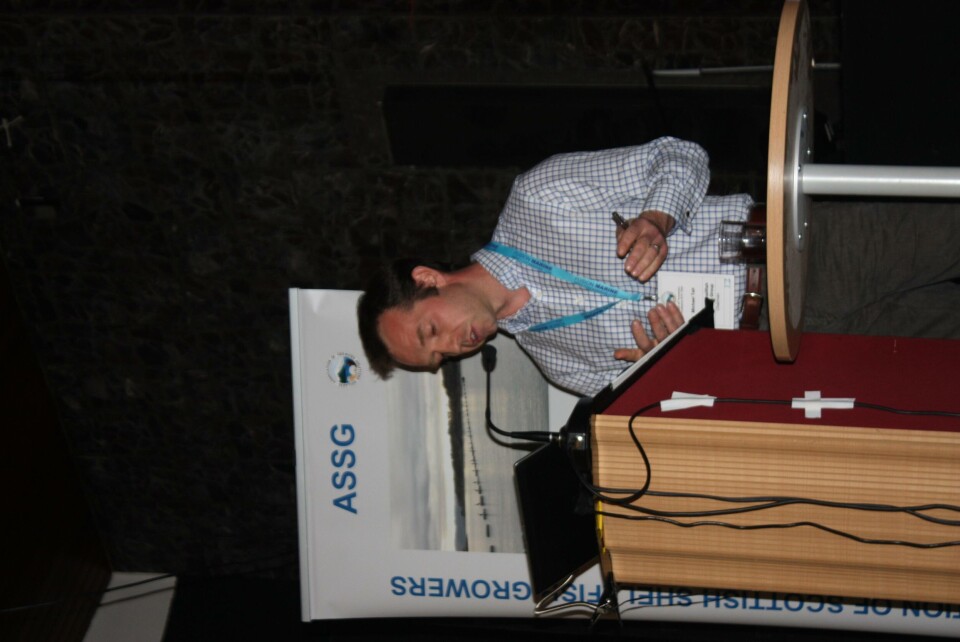
Shellfish can “drive” Scotland’s rural economy
How the shellfish sector can help “drive forward Scotland’s rural economy” was the subject of a presentation concerning ambitions for growth at the ASSG annual conference yesterday.
In the presentation, Michael Tait, owner of Shetland Mussels and chairman of the SSMG, outlined government-backed plans (V2030) to triple shellfish production by 2030.
His main message was inspired by Nicola Sturgeon’s instruction to Fergus Ewing, the recently appointed Cabinet Secretary for the Rural Economy to “drive forward the rural economy in Scotland”.
As Michael pointed out, the sector was well-placed to help achieve this goal – not only by employing numerous people in remote rural areas, but also due to its sustainable nature.
“Sustainability is one of our key things. As shellfish farmers we get it [the concept of sustainability], and if we get it right we can keep on farming shellfish on our sites forever…as long as we remain both environmentally and economically sustainable,” he observed.
According to Michael, the industry already provides 344 direct jobs plus 150 in VAP and “at least the same in ancillary industries”, so its role as a provider of rural jobs was already well established, and he pointed out the possibility of increasing these numbers.
Oysters
Michael noted that there was reason for the oyster sector to be optimistic: demand for Scot oysters is high, and the recent establishment of two farms on an unprecedented scale – at Kyle of Tongue and on Barra – could increase shells by 13 million per annum (from 3.5m), while two further large-scale farms, one in Durness and a 26-acre site in Moidart with a 175 tonne capacity, have recently gained permission.
Mussels
As far as mussels go, Michael pointed out that, at the current growth rate, production – which is currently at 7,000 tonnes per annum – doubles every 9 years.
Despite this impressive rate, he reflected that it would be realistic to triple production without even setting up new sites.
The sector, he argued, could hit 22,000 tonnes if it used all its licences and ran all these sites at full capacity.
Nevertheless, he added, there were still four main barriers to achieving this, or further levels of, growth: spat availability – with at least one commercial mussel hatchery required; opportunities to raise finance; the need to reach critical mass; and the poor infrastructure situation.
Vision 2030
Michael represents the shellfish sector in the Vision 2030 (V2030) initiative and believes it’s a force for the good.
“If we don’t articulate our message how can the government help us. We need to talk with a coherent voice and I very much welcome the recent MOU between ASSG and Seafood Shetland,” he said.
“I think we can help Fergus a lot in terms of driving forward the rural economy,” he added.






















































